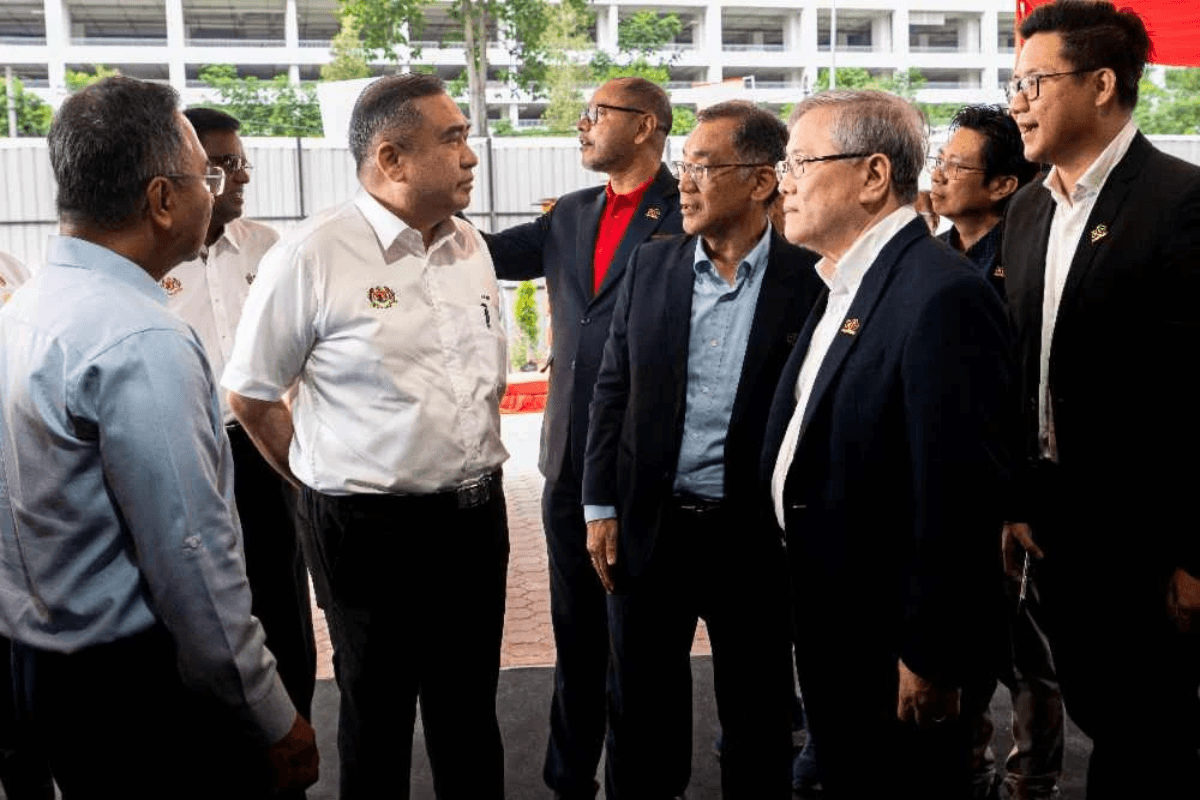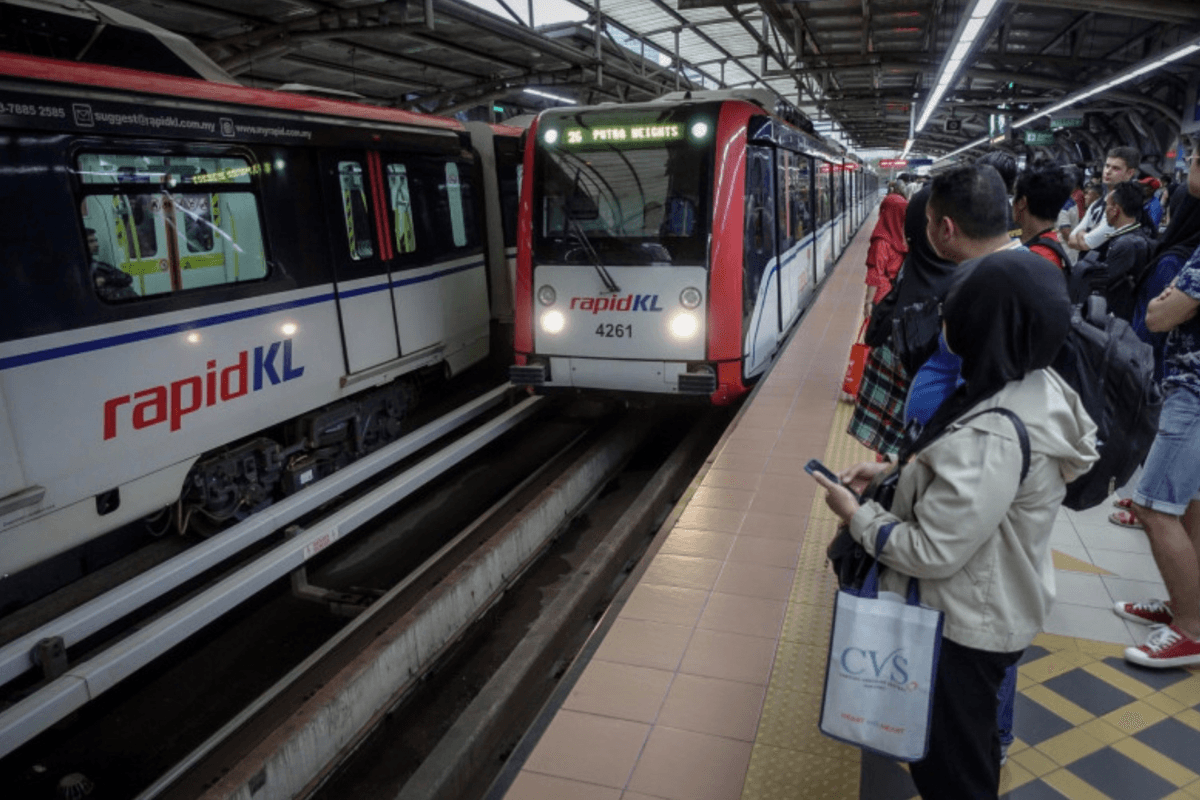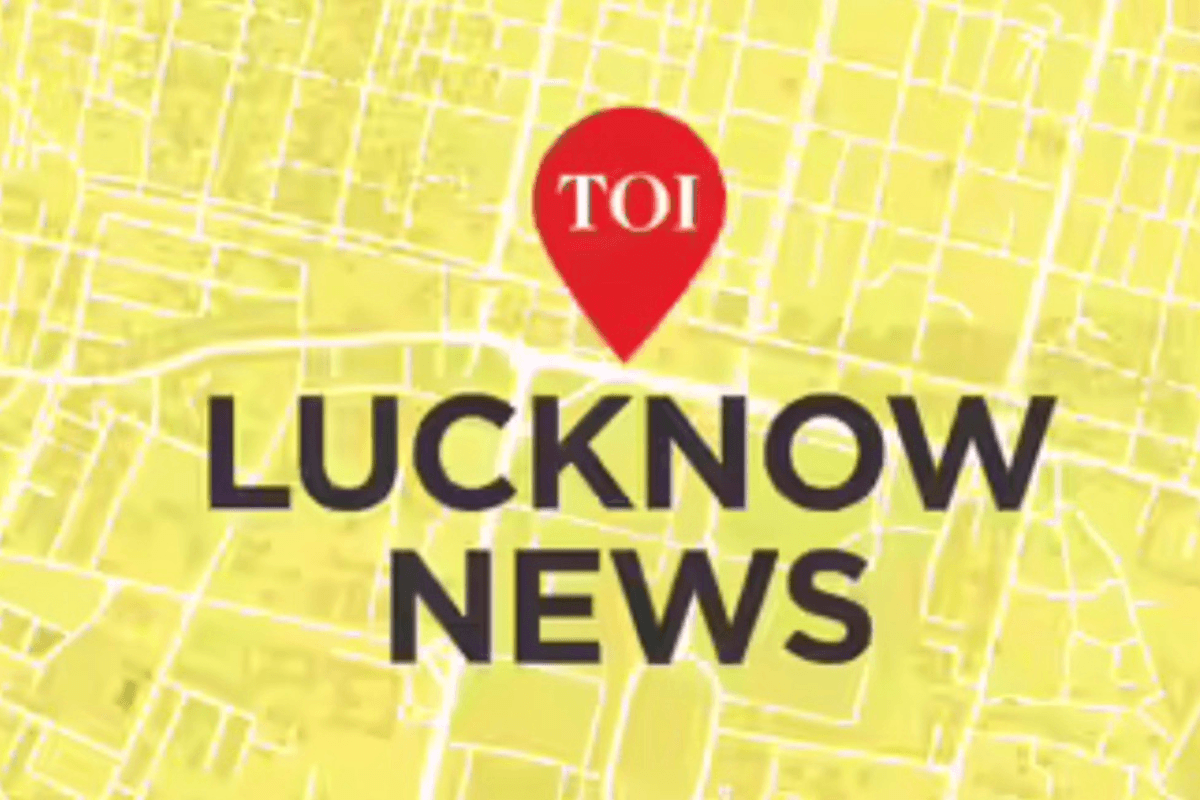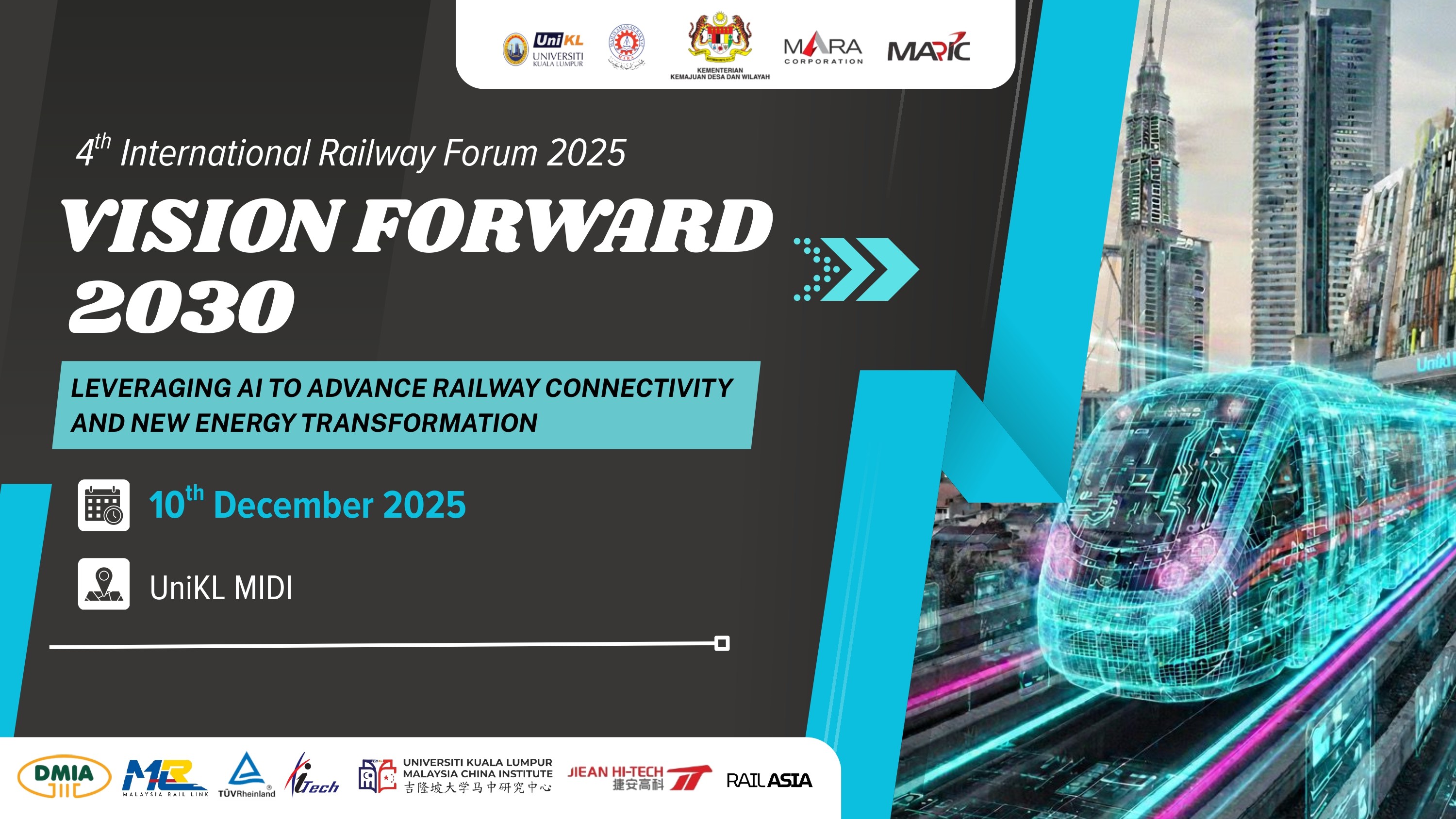Jul 29, 2025
Australia's High-Speed Rail Aspirations Lag Behind Indonesia's Whoosh
Australia's ambitions for high-speed rail continue to lag behind regional counterparts, as Indonesia's successful launch of the Whoosh high-speed railway and China's expansive network redefine infrastructure progress in the Asia-Pacific. While Australia remains in the early stages of developing a high-speed corridor between Sydney and Newcastle, Indonesia has already begun operations on Southeast Asia's first high-speed rail line.
The Whoosh line, officially launched in October 2023, connects Jakarta and Bandung at speeds up to 350 km/h. Built by a consortium of Indonesian and Chinese firms under the Belt and Road Initiative, the project experienced delays and cost overruns; its final cost ballooned to approximately A$13.8 billion (IDR 133 trillion), as The Jakarta Post and Reuters reported. Despite this, the line now stands as a symbol of modernisation and regional leadership in transport innovation.
In contrast, Australia's High-Speed Rail Authority, established in 2023 under Prime Minister Anthony Albanese's government, has so far focused on developing a business case for a Sydney-to-Newcastle line, with projections indicating that construction may not begin for several decades. A 2023 ABC News report noted that the line could cost tens of billions and faces logistical and environmental hurdles.
Analysts point to the differing approaches between the two nations. Indonesia's project was backed by strong political will and international financing, particularly from China, which provided loans via the China Development Bank. Meanwhile, Australia has taken a more measured, market-oriented approach, emphasising cost-benefit analysis and fiscal prudence.
Prime Minister Albanese has acknowledged the potential to draw lessons from China's success. "We want to make sure that when we do high-speed rail in Australia, we do it right," he said in a 2023 press briefing, as cited by The Guardian Australia.
Still, even Indonesia's progress came at a cost. The government was forced to increase its equity contribution and offer subsidies to cover operational shortfalls, raising questions about long-term financial sustainability. According to Nikkei Asia, the Whoosh line had to delay commercial operations due to safety certifications and faced issues with return-on-investment projections.
The comparison underscores the complex balance between national vision, financial viability, and public benefit. As Australia deliberates its path forward, the contrasting models of Indonesia and China present both inspiration and caution.
Infrastructure experts argue that while fast trains can deliver significant connectivity and economic benefits, especially between growing urban centres, they require precise alignment with long-term national development goals.
The road or track ahead for Australia's high-speed rail will require more than political ambition. It must be backed by practical planning, sustainable financing, and public support. It can only hope to catch up to its regional peers and deliver a transformative transport solution for future generations.
Related Post
Latest Post
Subscribe Us
Get Subscribe To Our Latest News & Update












